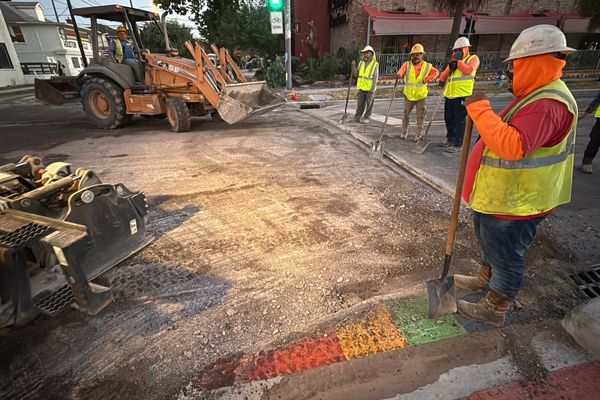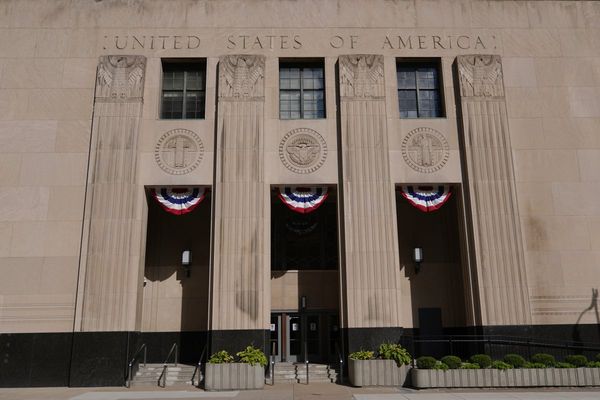
Wild weather conditions during New Zealand's peak summer holiday period have caused significant disruptions for thousands of passengers traveling on ferries that cross the Cook Strait between the country's main islands. The deep and turbulent waters of the strait, known for huge swells and gales, have led to delays and cancellations in ferry services.
New Zealand, unlike some other countries, has not seriously considered the construction of an undersea tunnel beneath the Cook Strait. The challenging terrain and high costs associated with such a project have deterred serious discussions about a tunnel or bridge crossing the volatile sea that separates the North and South Islands.
A potential Cook Strait tunnel could significantly reduce the current three- to four-hour sailing time between the two islands, benefiting the majority of the population residing in the North Island. However, experts estimate that the cost of such a project could reach 50 billion New Zealand dollars, a substantial investment that would strain the country's transport infrastructure budget.







New Zealand's unique geological characteristics, including its location on tectonic plate boundaries and frequent seismic activity, pose additional challenges to large-scale infrastructure projects like a tunnel beneath the Cook Strait. The country's limited population of 5 million also raises concerns about the financial feasibility of such ambitious undertakings.
In the meantime, travelers relying on the Cook Strait ferry services have faced ongoing disruptions due to adverse weather conditions, breakdowns of aging vessels, and operational challenges. The recent delays have highlighted the importance of reliable and efficient transportation links between the North and South Islands, prompting discussions about the future of ferry services and potential alternatives.
While some passengers have expressed interest in the idea of a Cook Strait tunnel for its convenience and time-saving benefits, others continue to appreciate the scenic and adventurous experience offered by ferry travel. The debate over the best approach to improving inter-island transportation in New Zealand remains ongoing, with no clear consensus on the most viable solution to address the current challenges.







